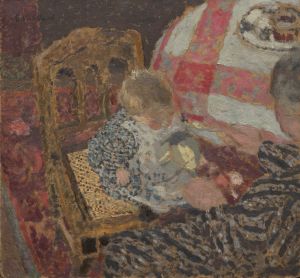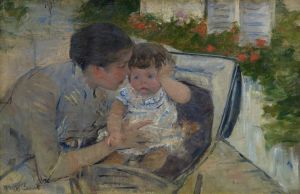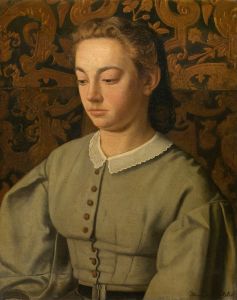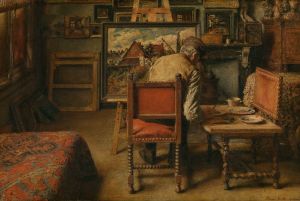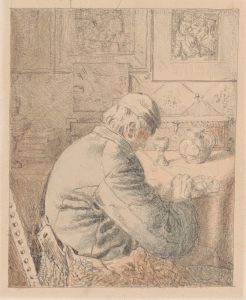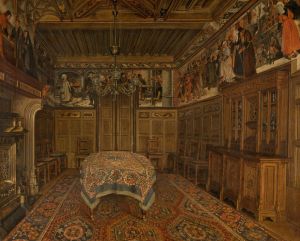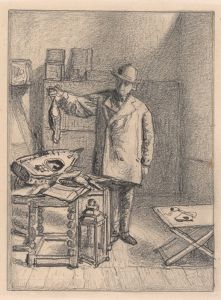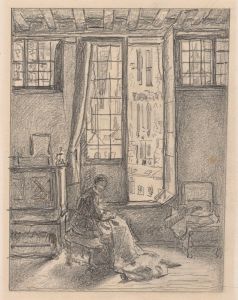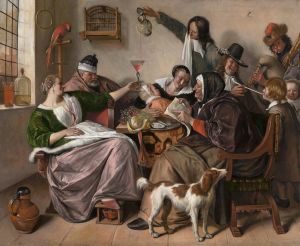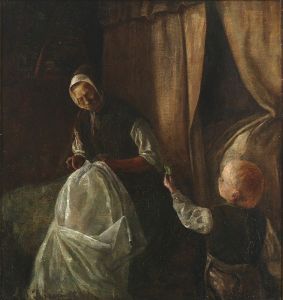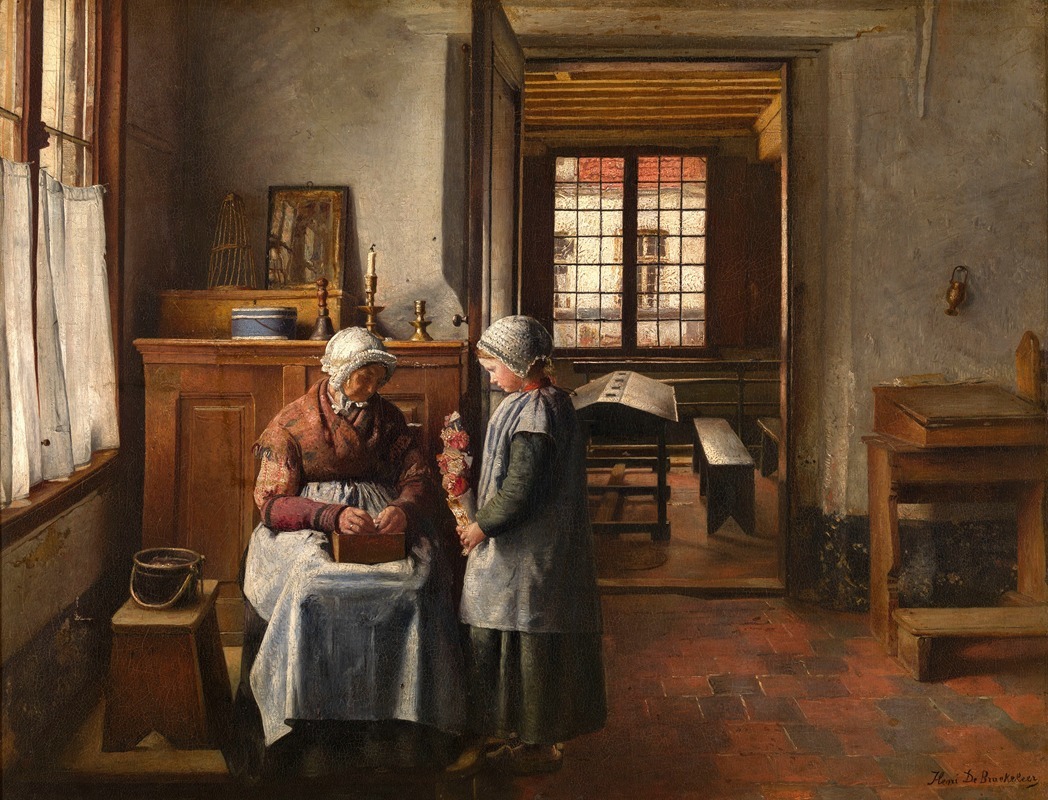
Grandmother’s Feast
A hand-painted replica of Henri de Braekeleer’s masterpiece Grandmother’s Feast, meticulously crafted by professional artists to capture the true essence of the original. Each piece is created with museum-quality canvas and rare mineral pigments, carefully painted by experienced artists with delicate brushstrokes and rich, layered colors to perfectly recreate the texture of the original artwork. Unlike machine-printed reproductions, this hand-painted version brings the painting to life, infused with the artist’s emotions and skill in every stroke. Whether for personal collection or home decoration, it instantly elevates the artistic atmosphere of any space.
Henri de Braekeleer (1840–1888) was a Belgian painter known for his detailed and atmospheric depictions of interiors and everyday life. One of his notable works, "Grandmother’s Feast," exemplifies his mastery in capturing domestic scenes with a sense of intimacy and realism. Painted in the latter half of the 19th century, this artwork reflects de Braekeleer's interest in the quiet, contemplative moments of bourgeois life in Belgium.
"Grandmother’s Feast" portrays a family gathering in a modest, well-lit interior. The composition is centered around a table where several figures are seated, engaged in conversation or enjoying a meal. The painting is characterized by its meticulous attention to detail, from the textures of the furniture and fabrics to the subtle interplay of light and shadow. De Braekeleer’s use of light is particularly noteworthy, as it creates a warm and inviting atmosphere, emphasizing the familial and celebratory nature of the scene.
The artist’s style in this painting is influenced by the Flemish tradition of genre painting, which often focused on domestic interiors and scenes of everyday life. De Braekeleer was also inspired by the works of 17th-century Dutch masters such as Johannes Vermeer and Pieter de Hooch, whose influence can be seen in his careful rendering of light and space. However, de Braekeleer’s work is distinct in its modern sensibility, reflecting the social and cultural context of 19th-century Belgium.
"Grandmother’s Feast" is an example of de Braekeleer’s ability to convey a sense of narrative without overt dramatization. The figures in the painting are depicted with a sense of individuality and realism, yet their actions and expressions are understated, allowing viewers to interpret the scene in their own way. This subtle approach is a hallmark of de Braekeleer’s work and contributes to its enduring appeal.
Henri de Braekeleer’s paintings, including "Grandmother’s Feast," are celebrated for their technical skill and emotional depth. Although he struggled with mental health issues later in life, which affected his productivity, his contributions to Belgian art remain significant. Today, his works are held in high regard and can be found in major collections, including the Royal Museum of Fine Arts in Antwerp.
This painting serves as a testament to de Braekeleer’s ability to transform ordinary moments into timeless works of art, capturing the essence of 19th-century domestic life with sensitivity and precision.





